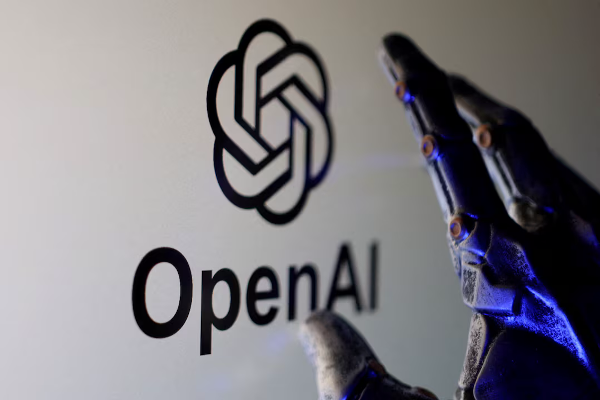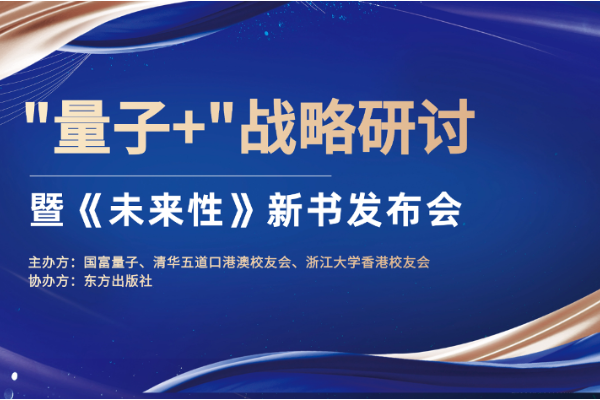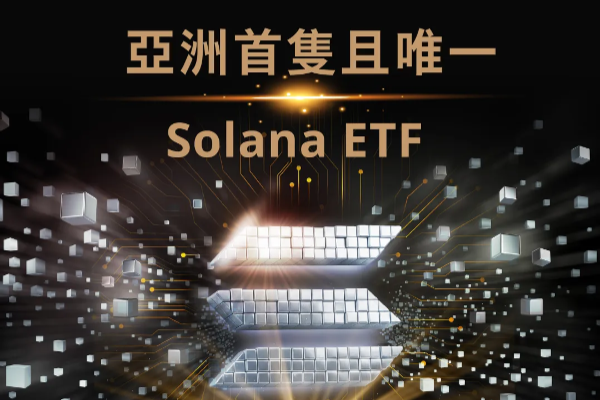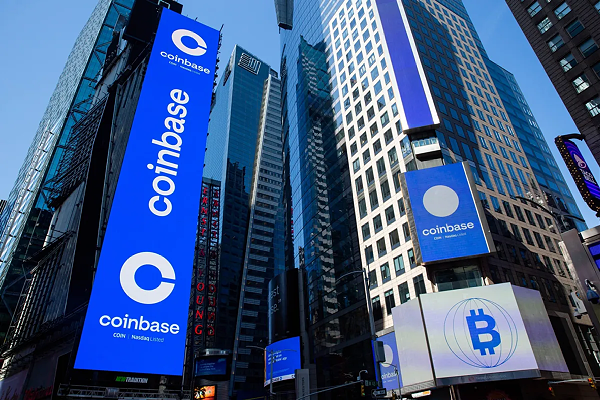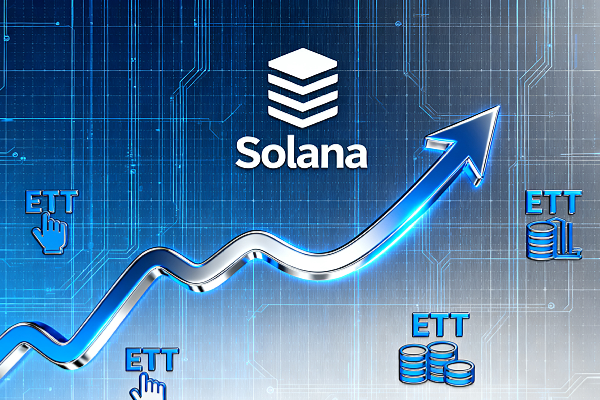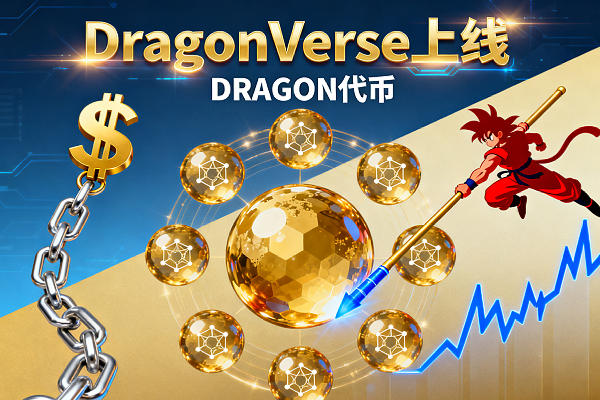Dialogue with Sequoia Capital’s Roelof Botha: AI is overheating, and rapid growth does not mean success
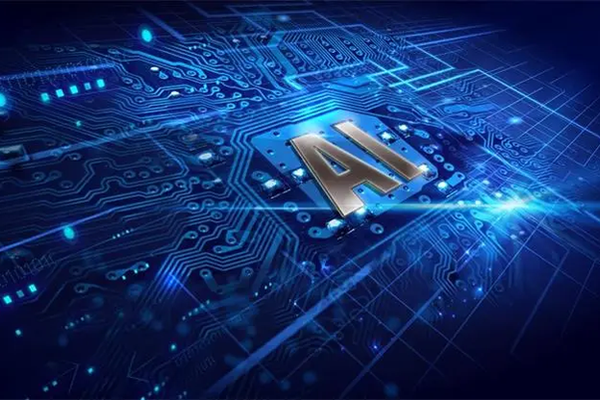
Against the backdrop of the rapid development of artificial intelligence technology, AI investment continues to heat up, and the decision-making logic of venture capital is also constantly changing. In an exclusive interview with The Generalist podcast, Roelof Botha, managing partner of Sequoia Capital, shared his judgment on the current market stage, his views on AI investment risks, and how Sequoia deals with decision-making biases.
He reviewed his experience in crisis management at PayPal, pointing out that in an environment with abundant capital, companies are prone to strategic loosening. At the same time, he also discussed how to evaluate the long-term potential and market ceiling of early high-growth companies, and the importance of adhering to investment discipline in specific situations.
This conversation provides an entry point to examine the AI entrepreneurial cycle from the perspective of venture capital, covering practical experience in risk control, psychological biases and investment strategies.
The following content is a compilation and compilation of the interview.
TL;DR: (too long, didn't read)
1. From the overall market perspective, there is no systemic bubble. Of course, local areas, such as artificial intelligence, do have overheating.
2. The accelerated growth of a company is part of a general trend, not an accidental phenomenon.
3. The rapid growth of a startup project in the early stage does not mean that it has the foundation for long-term success. It is necessary to pay attention to the market ceiling and sustainability.
4. When investing, if you only look at the early growth curve, it is easy to misjudge the future ceiling. Early investors must think: Can this model really become a mass behavior?
5. Rapid growth does not mean success.
6. Excess capital can easily lead to lax corporate strategy, while when resources are limited, it can stimulate the greatest degree of innovation and execution.
7. People are easily influenced by the information they are initially exposed to.
8. Sequoia reduces the interference of cognitive biases on decision-making through institutionalized processes (such as horizontal comparison of investment projects, public identification of psychological biases, etc.).
9. Long-termism and collective judgment are the core principles of Sequoia to maintain rationality in volatile markets.
Current market and investment rationality
Mario: Do you think there is a bubble in the current market?
Roelof: By my standards, I don’t think it is a bubble period now. To me, a bubble means that asset prices are generally inflated across all sectors, which is not the case now. For example, the U.S. real estate market, both residential and commercial, is still weak overall. We have an internal tracker at Sequoia that is updated every Monday, tracking the enterprise value to revenue multiples of about 690 listed technology companies. From this statistic, the overall level is about the 60th percentile in the past 20 years. In other words, from the overall market perspective, there is no systemic bubble. Of course, there are indeed overheated areas, such as artificial intelligence, but this is not the case across the board.
Mario: In addition to weekly tracking reports, what other ways do you stay rational when evaluating investments?
Roelof: In addition to market multiple tracking, we also have a tool that records all completed investments of the current fund. This allows us to constantly review our recent investments and compare them with past investments. Because humans naturally tend to make relative comparisons when making decisions. If you only look at projects encountered in the past month today, the standard can easily be lowered or raised by the current environment. But if you broaden your horizons to the entire fund investment cycle, or even longer, you can more accurately judge the absolute quality of a project - whether the company has the potential to become a "legendary company". Sequoia has been established for more than 50 years, and the companies it supports account for more than 30% of today's Nasdaq market value. This fact also requires us to always hold ourselves to the highest standards.
Mario: With the rapid development of artificial intelligence, are there more and more companies that stand out?
Roelof: Indeed, the time it takes for companies to grow to a considerable scale today is shorter than ever before. But this is not a new phenomenon that suddenly appeared, but the result of continuous evolution over the past few decades. From semiconductors to computer systems, to the Internet, to mobile Internet, and to today's artificial intelligence, every technological leap is lowering the threshold for companies to reach users and speeding up product promotion. Especially today, more than 5 billion people in the world are connected to the Internet, and most of them have smartphones, which means that new services can reach the global market almost instantly. Coupled with the accumulation of massive data, it provides abundant fuel for the development of AI. Therefore, the acceleration of company growth is part of a major trend, not an accidental phenomenon.
Mario: In the current context of rapid development, is the biggest challenge for investors to judge the ceiling of opportunities?
Roelof: Indeed. The first is to judge the upper limit of the market size. For example, fifteen years ago, the flash sales e-commerce (such as Gilt and Rue La La) was very popular. At that time, the growth curve was extremely steep and impressive. But it turns out that the flash sales model has not become a mainstream consumption method, but is limited to niche markets. When investing, if you only look at the early growth curve, it is easy to misjudge the future upper limit. Therefore, early investors must think about a question: Can this model really become a mass behavior? The second is the issue of competitive barriers. The leader may not win in the end. For example, Google is not the first search engine, and Facebook is not the first social network. In many technology fields, it is often the second or third entrants who summarize the lessons learned by their predecessors and eventually surpass them. Therefore, when investing, we must not only judge the market size, but also evaluate whether the company's moat is deep enough and whether it can continue to lead.
Mario: You mentioned that there are phenomena such as SPV (special purpose entity) investment, a small amount of self-investment, and a large amount of external fundraising in the AI field. Is this a sign of a bubble?
Roelof: This phenomenon is mainly concentrated in the AI field. My view is that even if the overall market is not a bubble, some areas may be overheated. In addition, I am worried that this reckless investment approach will undermine the health of the market, especially for the startups themselves. Looking back on my personal experience, PayPal faced huge financial pressure in 2000. It was precisely because of the restrictions on "burning money" that the team focused on innovation, optimizing business models, and reducing costs. Excessive financing will make the company lose this sense of crisis and become lax, which is not conducive to building a healthy long-term business.
Risks and misjudgments behind high growth
Mario: In reality, can founders still maintain self-discipline and rationality after obtaining huge financing?
Roelof: Very rare. Those who can really do it are often those founders who have experienced major crises and experienced life and death moments. For example, Brian Chesky of Airbnb experienced a crisis of near collapse of the company during the 2020 epidemic. This experience gave him a deep understanding of capital and risk. I believe that people like him can remain cautious and disciplined even if they get sufficient funds in the future. But for most founders who have not experienced similar suffering, it is difficult to resist the temptation of slackness brought by abundant capital with rational self-discipline alone.
Mario: It seems that only by experiencing pain can we truly understand the lesson.
Roelof: Yes, I am the same. In 2000, when I was at PayPal, our monthly losses were as high as 14 million US dollars, and the company had only seven months of cash left. Initially, we spent money like water on expansion, but when the market collapsed and financing channels were closed, we were forced to act quickly. During that time, we cut expenses, solved online payment fraud problems, and adjusted our revenue model. Since then, our revenue has grown rapidly for three consecutive years. This experience taught me that when resources are limited, it can stimulate the greatest degree of innovation and execution. Therefore, I often suggest that entrepreneurs ask themselves, if there are only 12 months of cash flow left, what decision would you make today? Such an assumption can greatly clarify what is really important and avoid wasting resources.
Psychological biases and coping mechanisms in decision-making
Mario: When did you become interested in decision psychology?
Roelof: The interest comes from many aspects. First of all, my father is an economics professor, and I was influenced by him since I was a child. In college, I majored in actuarial science, which requires forecasting for decades, and trained me to think about problems on a very long time scale. Most people, such as accountants, are used to only looking at data from the past year. When I arrived at Stanford Business School, I took an organizational behavior course and systematically studied cognitive biases (heuristics and biases). Since then, I have started to read a lot of books on this subject. Later at Sequoia, we not only introduced the identification of biases in team discussions, but also required that every investment memo actively list possible psychological biases, such as: "Am I too anxious because I haven't invested for too long? Am I too close to the founder because I know him?" In this way, making the bias explicit can greatly reduce their implicit impact on decision-making.
Mario: This method of actively identifying biases is equivalent to adding a layer of protection to decision-making.
Roelof: That's right. If you can discuss biases openly in the team, such as someone admitting, "I think I may be a little biased in this case," then other people in the team can also participate in judgment more rationally, thereby collectively reducing the impact of biases. We always believe that the team is better than the individual, and group rationality can remedy the blind spots caused by personal emotions.
Mario: What are the most common decision-making biases that you think should be vigilant?
Roelof: There are two that are particularly important. The first is the anchoring effect. People are easily influenced by the information they first come into contact with. For example, six months ago you saw a company that was cheap at the time, and now it has tripled, so you instinctively resist investing. But the right question should be: Is this a good time to enter under today's conditions? Instead of dwelling on past prices. The second is loss aversion. People tend to exit too early when they already have gains, fearing that they will lose their existing profits, rather than continuing to hold assets that have the potential to continue to grow. This mentality will make people miss the opportunity for true long-term compounding. To combat this tendency, we set up Sequoia Capital Fund, which allows us to hold shares of excellent companies after they go public for a long time, rather than immediately distributing them to LPs at the IPO.
Mario: Sequoia established a long-term fund, to a certain extent, to use the system to correct the shortcomings of human nature.
Roelof: That's right. Establishing a mechanism is a way for us to fight against instinctive weaknesses. Relying on individual will is not enough, and we must improve the rationality of collective decision-making through structural design.
Investment review and long-term mentality
Mario: In your investment experience, what cognitive biases or wrong decisions have impressed you?
Roelof: Yes. For example, we once had the opportunity to invest in Twitter's early rounds, but eventually chose to give up. One of the reasons was that we questioned the company's growth data at the time and did not have enough foresight to understand its network effect potential. In retrospect, this is actually a mistake of over-reliance on short-term quantifiable indicators and ignoring the possibility of long-term non-linear growth. This is why we later emphasized the importance of both quantitative data and qualitative trends in internal education.
Mario: Companies that truly change the world often do not have impressive data in the early stages.
Roelof: That's right. Legendary companies are often full of uncertainty in the early stages, and their growth paths are not linear, and even seem a bit chaotic. If you only use traditional financial indicators to match them, you will often miss them. Therefore, identifying early potential requires a combination of data, trends, founder traits, and more macro market insights.
Mario: In the current AI investment boom, how do you view the rapid growth of startups? What risks are there behind it?
Roelof: Today's company growth rate is indeed amazing. Some companies have earned hundreds of millions of dollars in revenue in just a few months. But the question is whether this explosive growth is sustainable. First, we need to evaluate the market capacity. Some fields themselves have a low ceiling, and they will slow down rapidly after growing to a certain scale. If you enter when the valuation is already extremely high, the risk is huge. Secondly, it is the competitive landscape. Leading in the early stage does not mean that you can maintain your lead for a long time. Competitors continue to emerge, and user stickiness and network effects are the moats that can truly withstand shocks.
Mario: In other words, rapid growth does not mean success.
Roelof: Absolutely correct. Fast growth is a signal, but it must be comprehensively evaluated in combination with multiple factors such as market size, moat, profit model, and team execution. Otherwise, it is easy to fall into the trap of blindly pursuing high growth.
Mario: In such an environment, how does Sequoia maintain calm and rational decision-making?
Roelof: We have several internal principles. First, we always adhere to "discounting future value rather than retrospectively looking back at past prices." Even if a project was cheap in the past and has tripled now, if it is still reasonable in terms of long-term value, we will not miss the opportunity due to psychological barriers. Second, make extensive comparisons. Every time a new investment decision is made, it is not only compared with the current case, but also horizontally compared with all investments in the entire fund cycle to ensure that the standard does not decline. Third, openly discuss potential biases. Each investment memorandum requires the person in charge to list possible psychological biases, such as whether he is too eager because he has not made a move for too long. Through collective discussion, these biases can be made explicit, thereby reducing their implicit impact on decision-making.
Mario: Sequoia seems to attach great importance to self-reflection.
Roelof: That's right. We believe that only by constantly examining ourselves can we maintain excellent decision-making levels in the long run. The market environment changes very quickly, and any carelessness at any time will lead to disastrous consequences. For fifty years, Sequoia has been able to continue to succeed because of this culture of continuous self-iteration.
Mario: What advice would you give to young investors or entrepreneurs?
Roelof: Stay curious and stay humble. Curiosity drives you to keep learning new things, and humility reminds you to always be aware of your limited knowledge. Don't be complacent because of short-term success, and don't be discouraged by short-term setbacks. Truly great careers are all built through continuous trial and error and correction.
